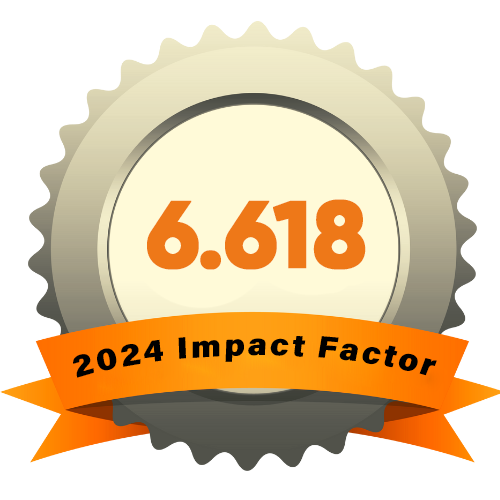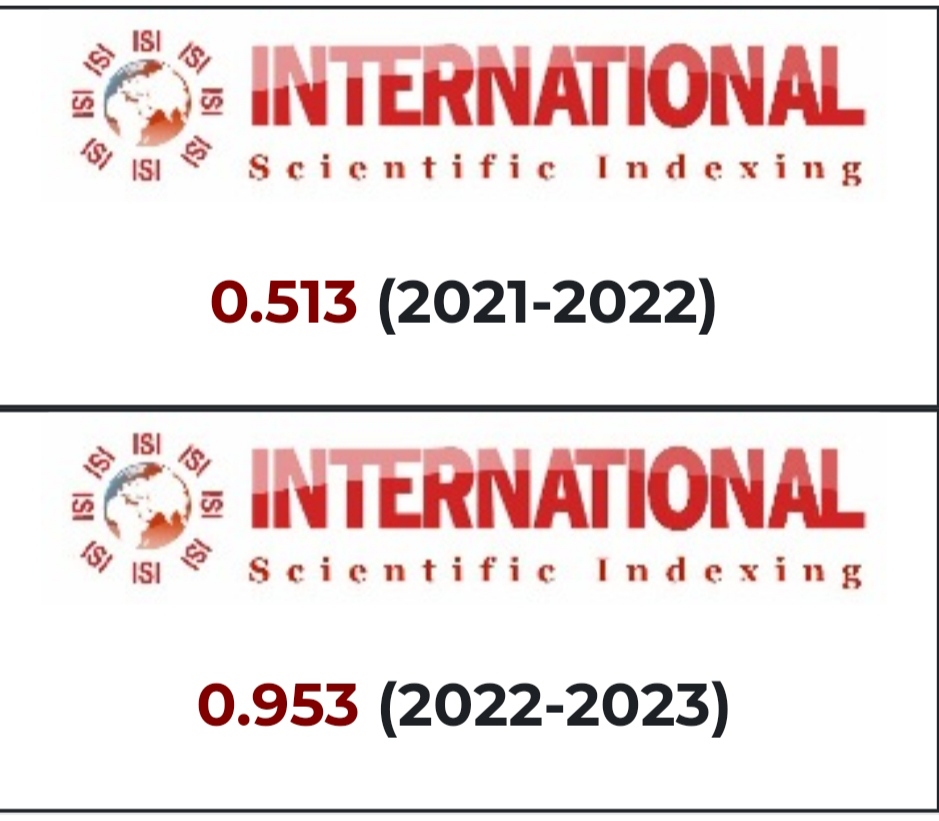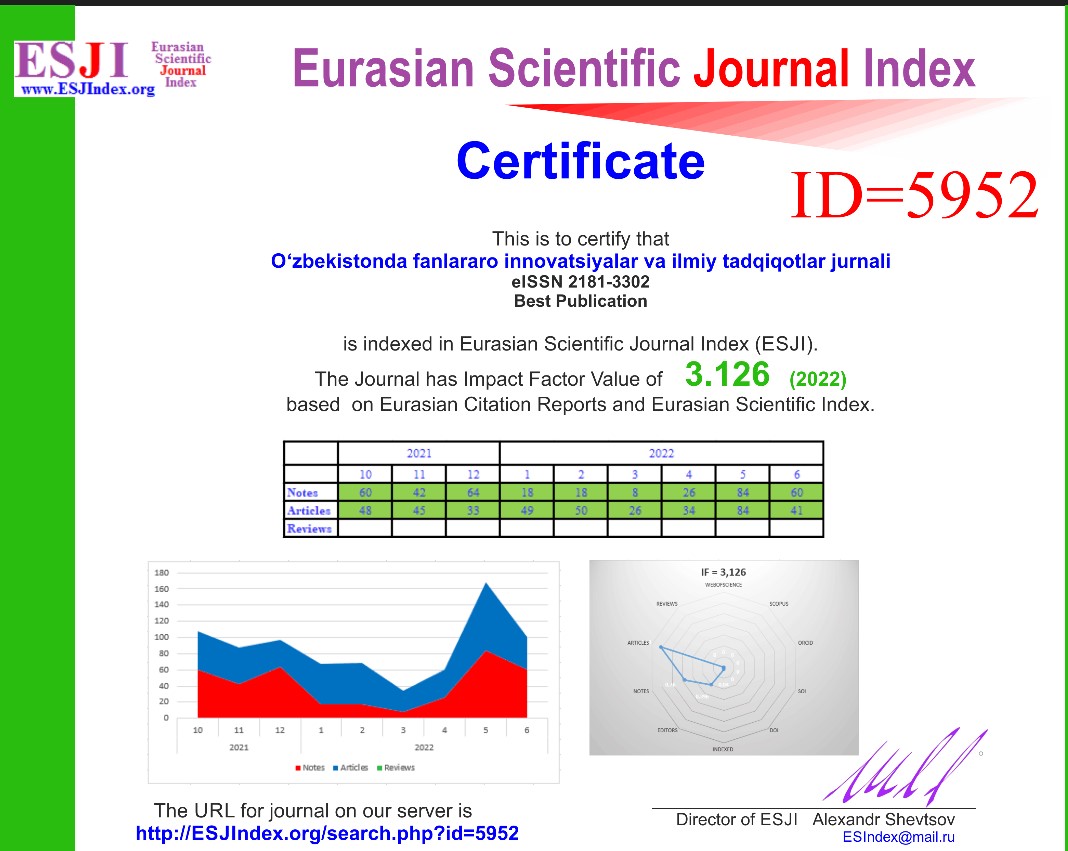THE IMPACT OF SOCIAL MEDIA ON LANGUAGE
Keywords:
linguistics, social media, text, emoji, facebook, sociologyAbstract
This article is aimed at studying the impact of an international language, which is becoming popular nowadays, on the knowledge of the English language. The article also focuses on the study of vocabulary and language skills: speaking, reading and writing, and we consider the effect of several elements of social media on each. From the results of this study, we can safely say that social media has more influence on our writing skills than any other skills. Advanced software can turn any large message into a simple game. The reason is that our smartphones have become smarter than our spoken conversation. For example, the basic building blocks of any language lie in its roots and sentence structures. Similar conversational processes are replaced or modified on smartphones by introducing several elements such as abbreviations, emoticons, and auto-completion. This article examines the positive and negative aspects of the influence of the media on the language and makes a critical assessment.
References
Andreas M. Kaplan *, Michael Haenlein, Users of the world, unite! The challenges and opportunities of Social Media, 0007-6813/$ — see front matter # 2009 Kelley School of Business, Indiana University. All rights reserved. doi:10.1016/j.bushor.2009.09.003
Asteroff, J.F. (1987). Paralanguage in electronic mail: A case study. Unpublished doctoral dissertation, Columbia University, New York. 1987
B. Danet, L Ruedenberg-Wright, and Y.Rosenbaum-Tamari "HMMM...WHERE'S THAT SMOKE COMING FROM?" Writing Play and Performance on Internet Relay Chat. J. Comput. Mediat. Commun. 2 (4): 0 (1997).
Milroy, Lesley. 1980/1987. Language and Social Networks. Oxford: B. Blackwell.
Nwala, M. A. (2015). Introduction to linguistics: A first course. (rev. edition Port Harcourt: Obisco Nig. Enterprises.
Labov, William. 2001. Principles of Linguistic Change (II): social factors. Oxford, UK: Blackwell.
Rezabek, Landra L. and John J. Cochenour. “Visual Cues in Computer-Mediated Communication: Supplementing Text with Emoticons.” Journal of Visual Literacy 18 (1998): 201-215.
Stewart Shapiro, Deborah J. MacInnis, Susan E. Heckler, Ann M. Perez, An experimental method for studying unconscious perception in a marketing context 1999, https://doi.org/10.1002/(SICI)1520-6793(199909)16:6<459::AID-AR2>3.0.CO;2-2
Terry Flew & Richard Smith ARTICLE/CHAPTER TITLE: Mobile New Media JOURNAL/BOOK TITLE: New Media: An Introduction VOLUME: DATE: 2011 . P. 279-289
Цветкова Л. С. Нейропсихологическая реабилитация. Речь и интеллектуальная деятельность. М.:Издательство Московского университета, 2001.
Широкова Е. А. Практика преподавания иностранных языков на факультете международных отношений БГУ: сборник / Е. А. Широкова. –Вып. II, 2012
https://daryo.uz/en/2023/03/23/uzbekistan-ranks-second-in-number-of-telegram-channels.











